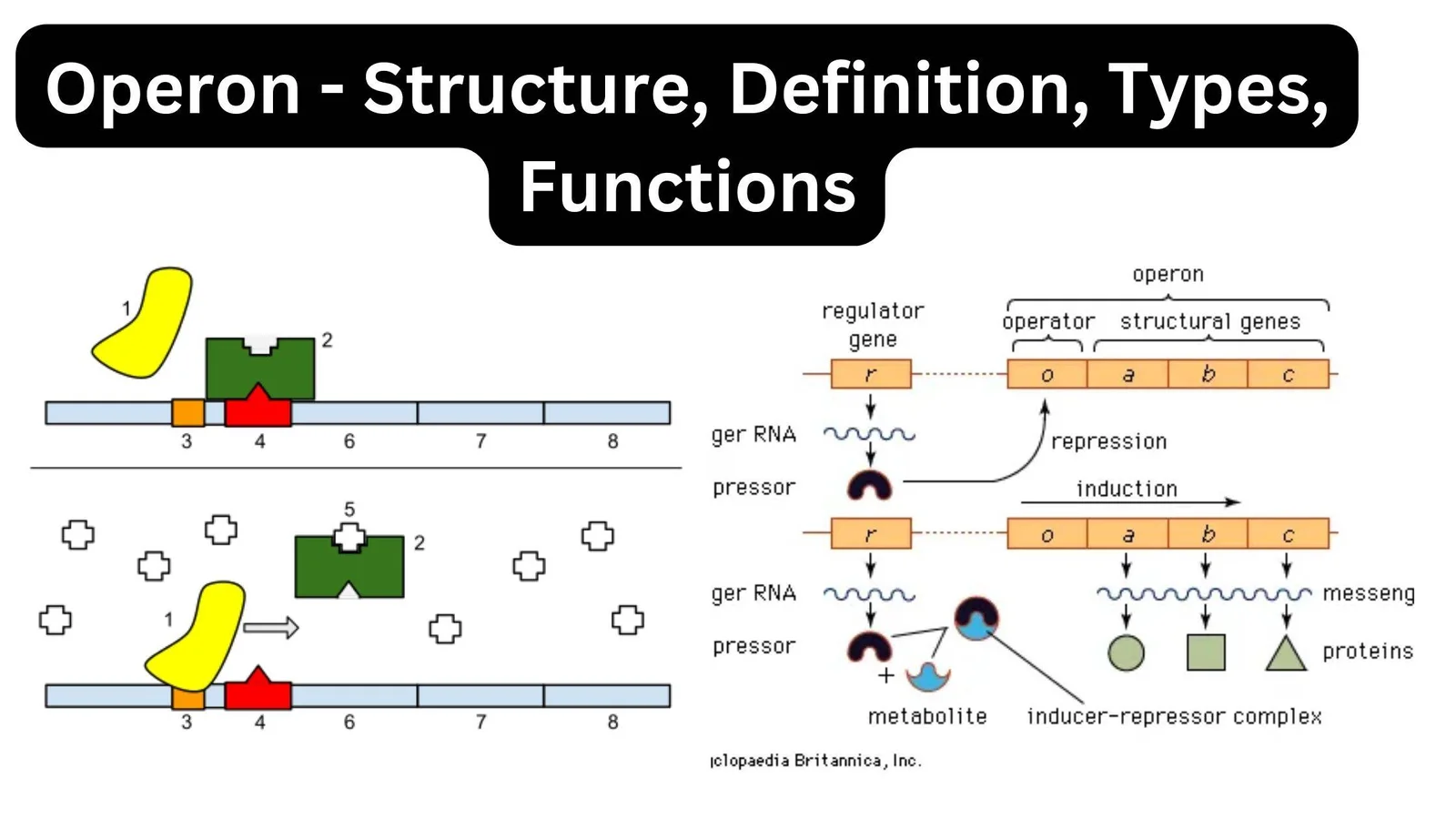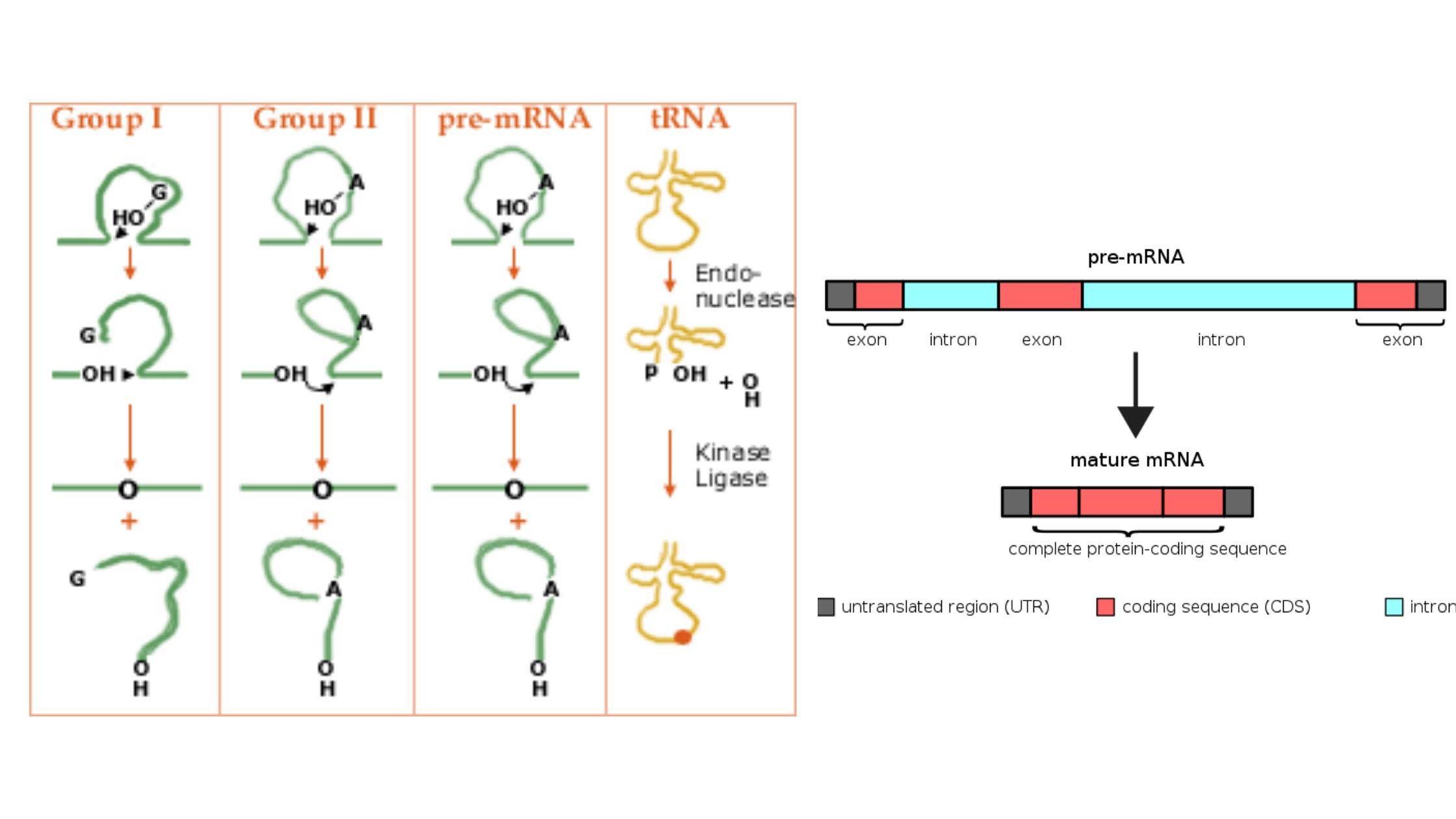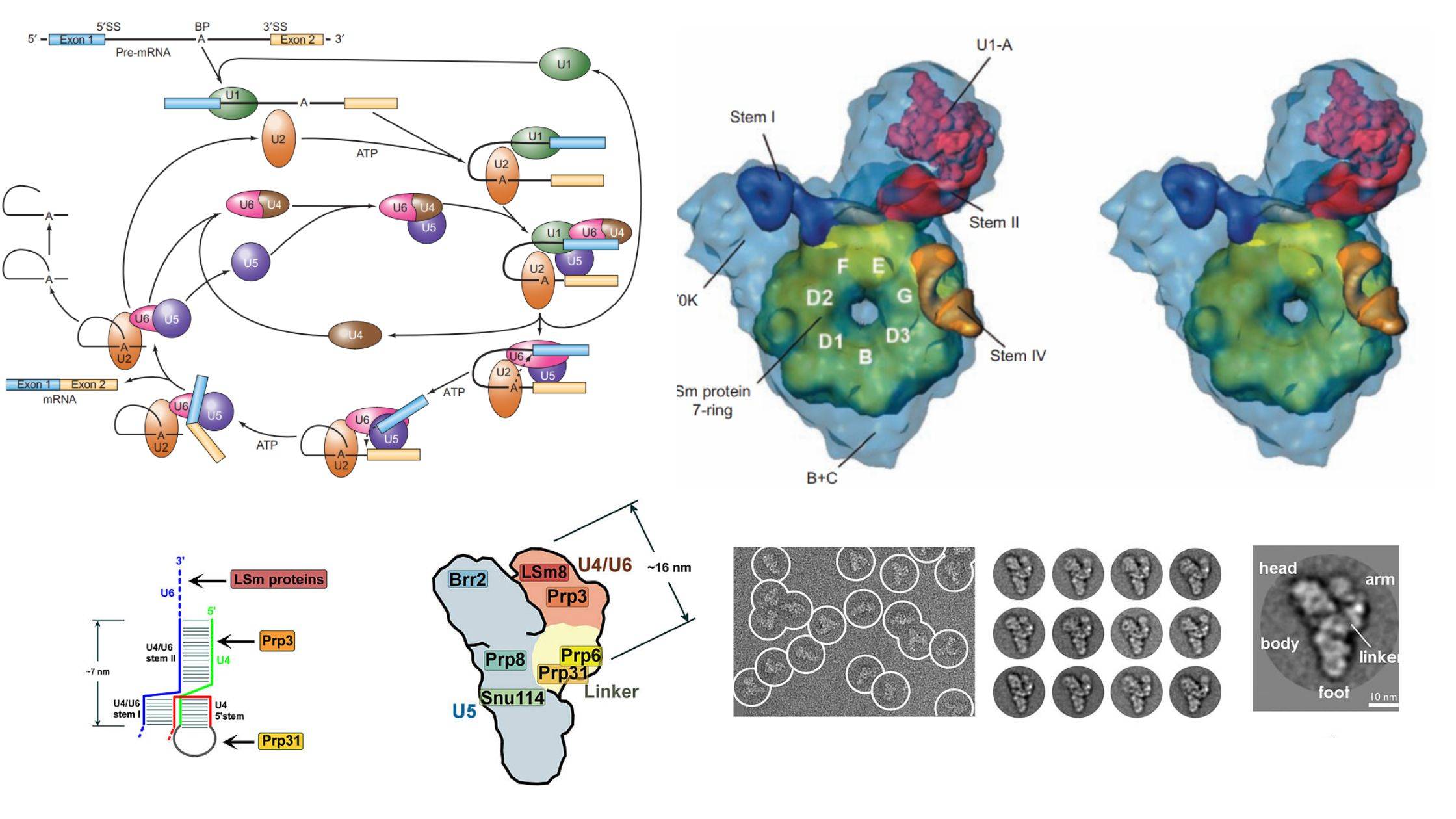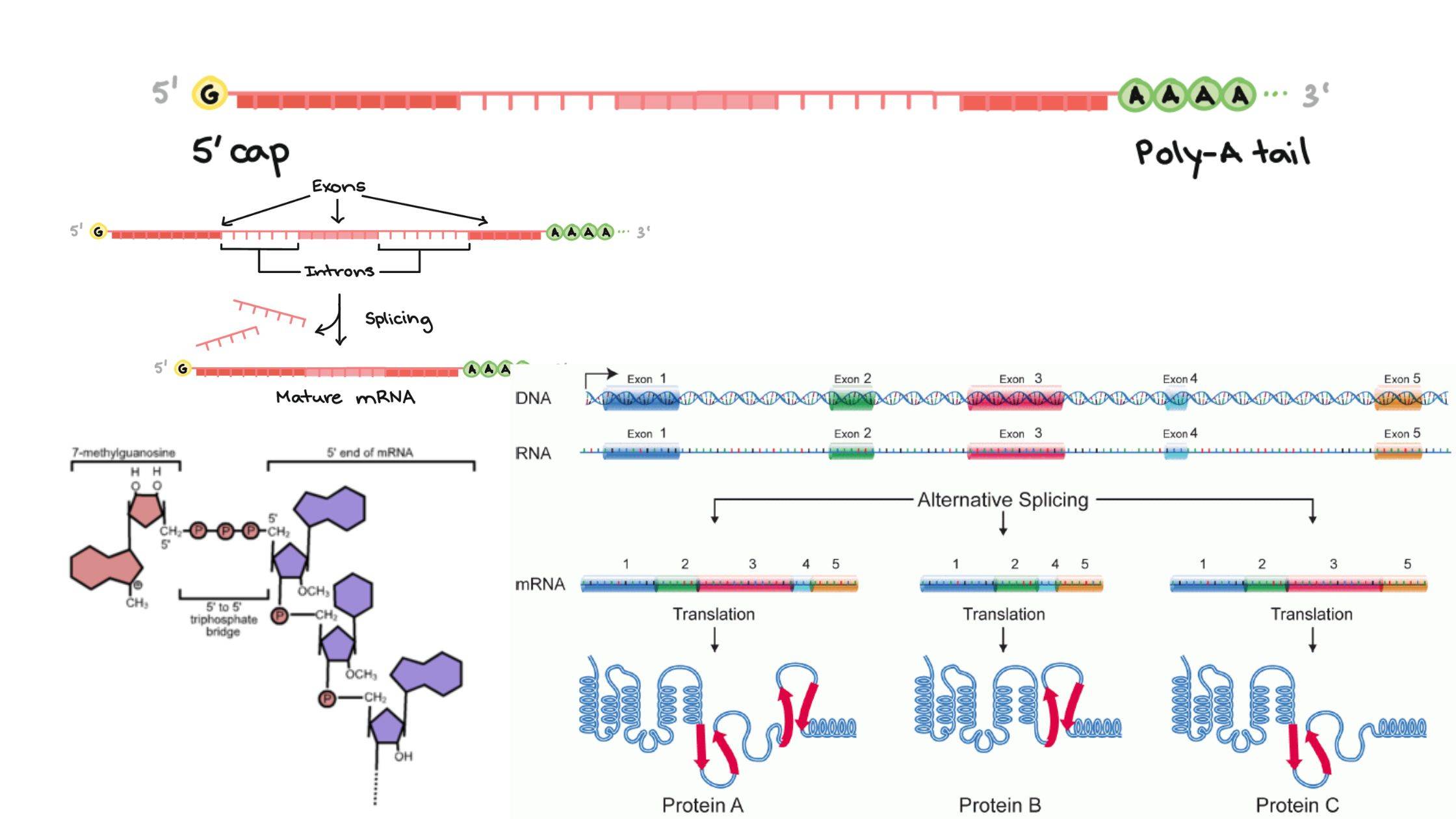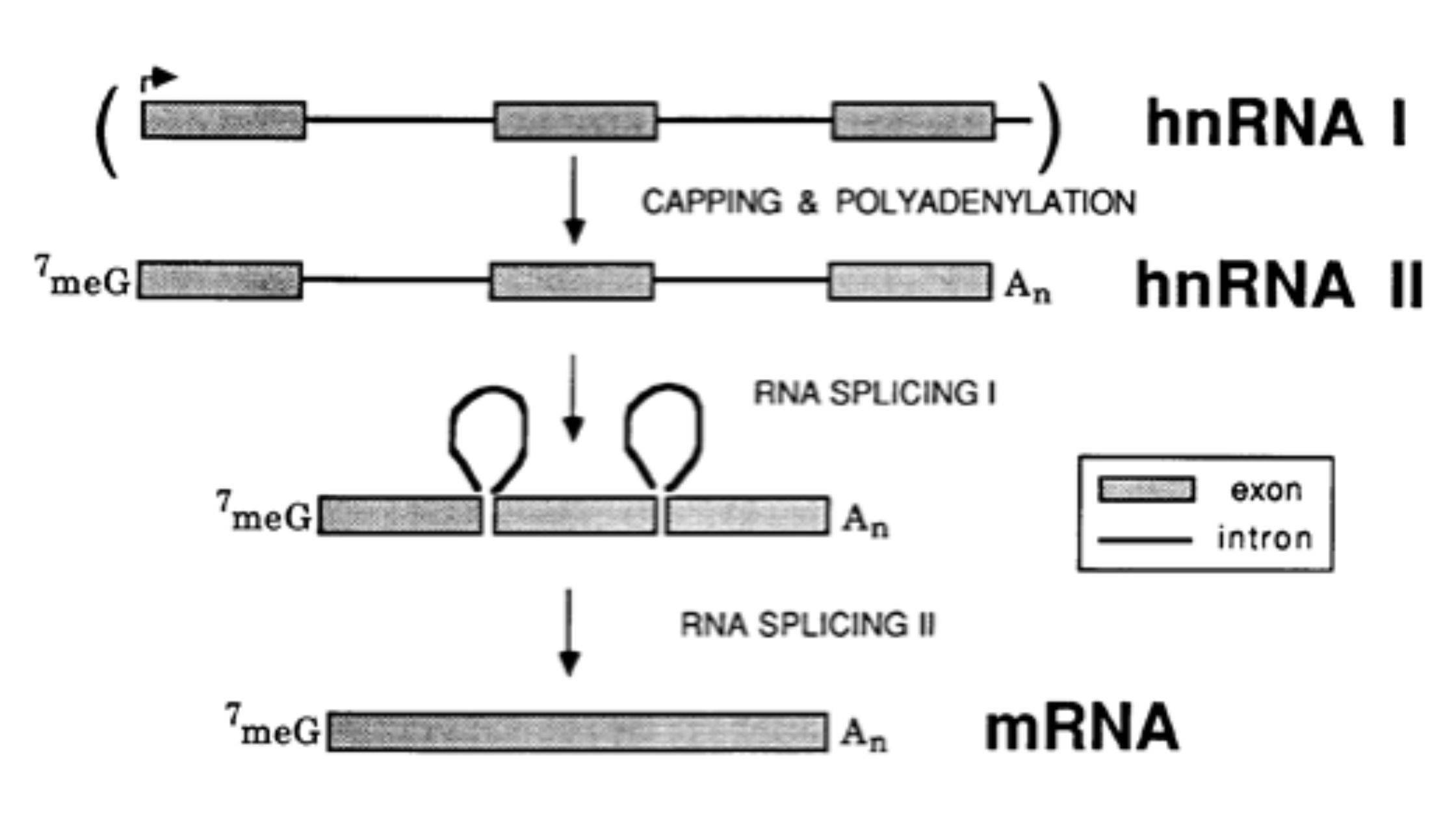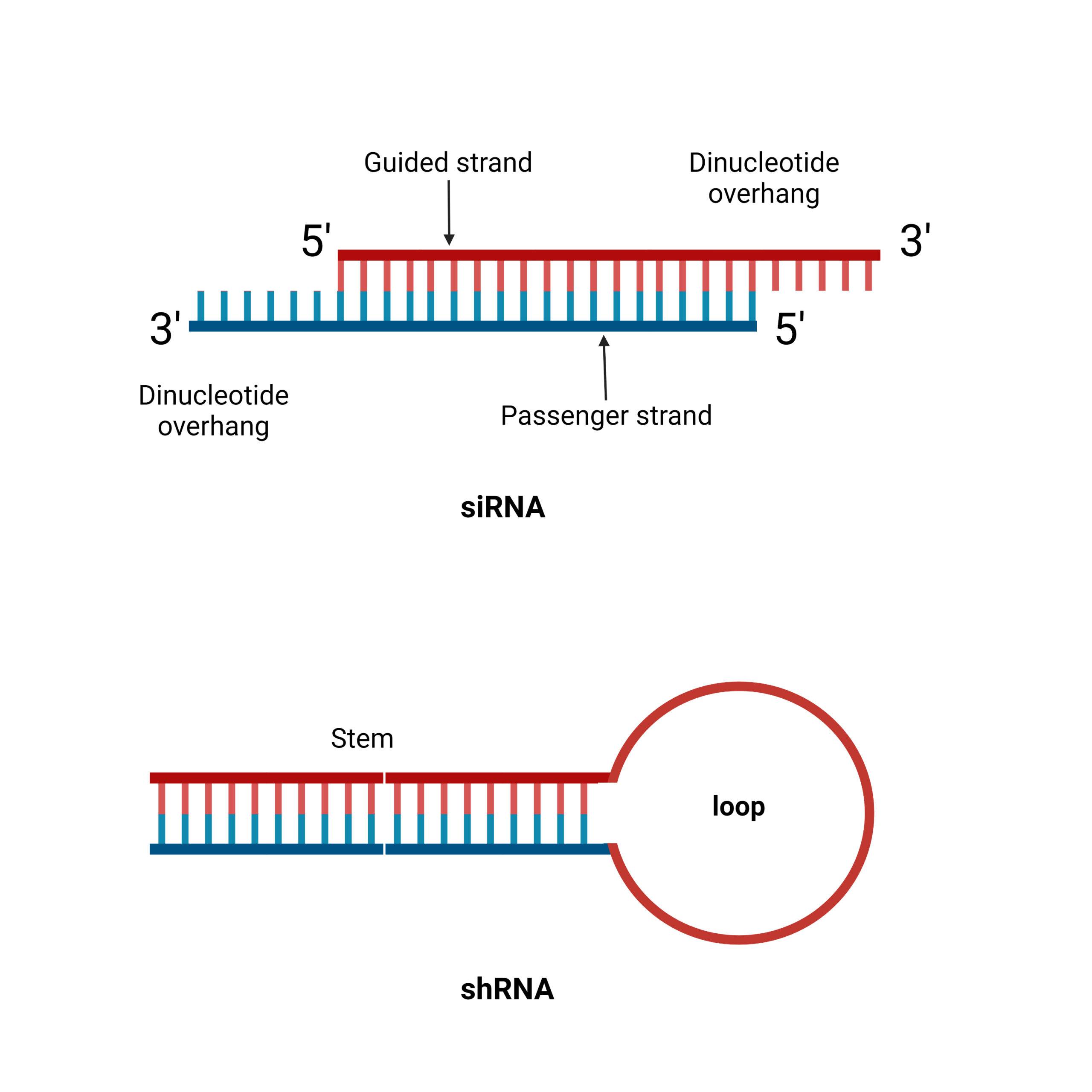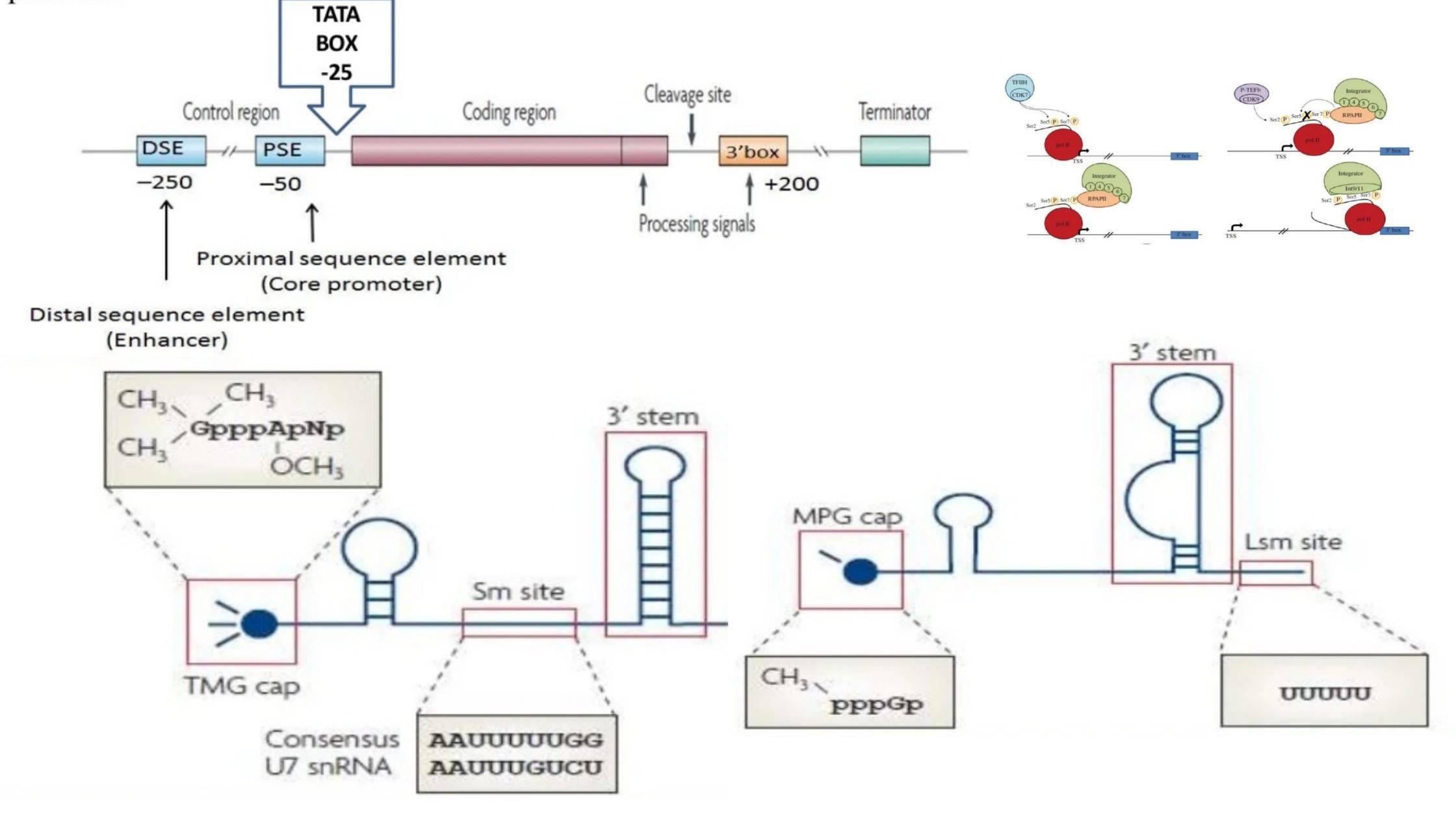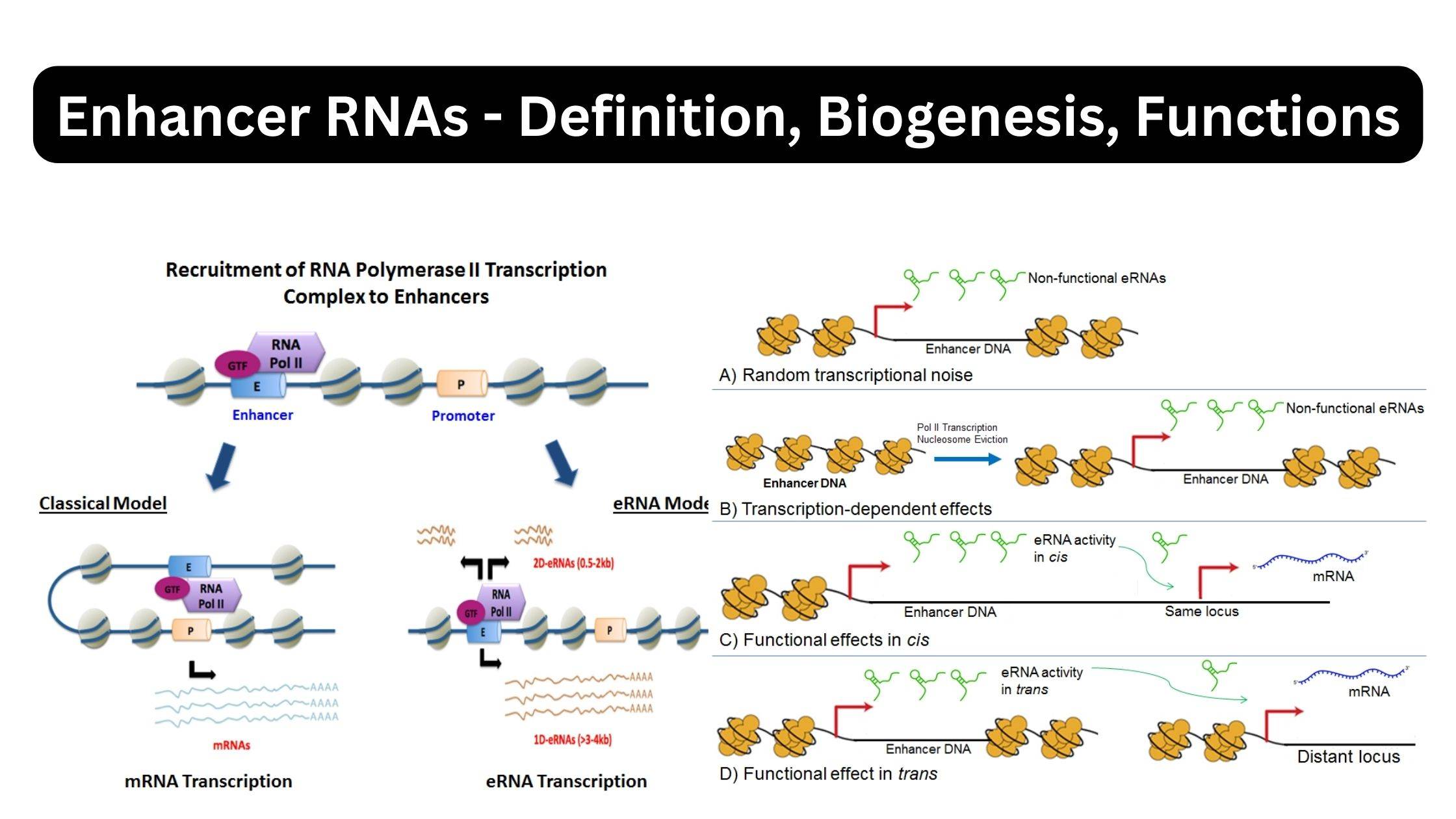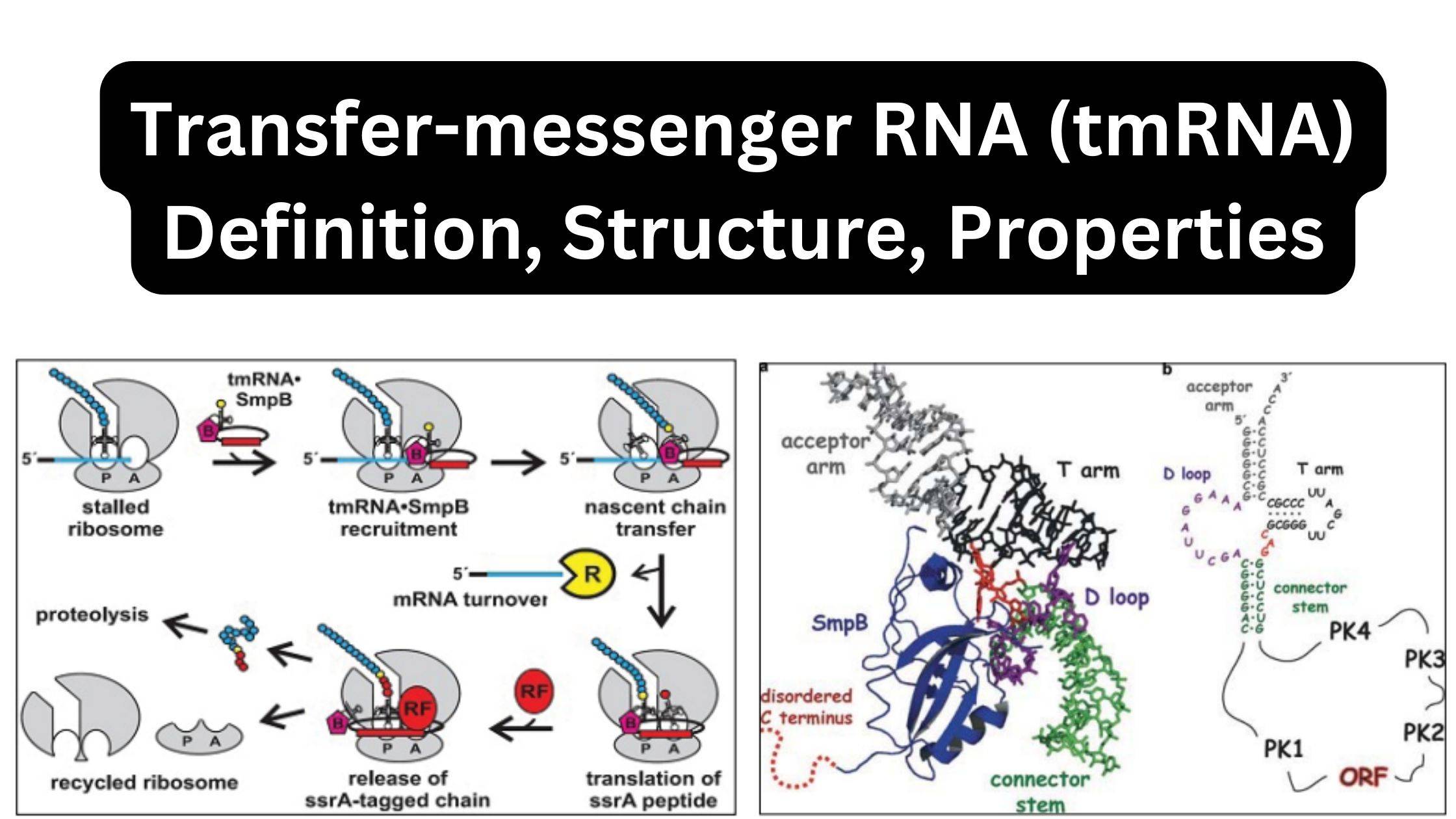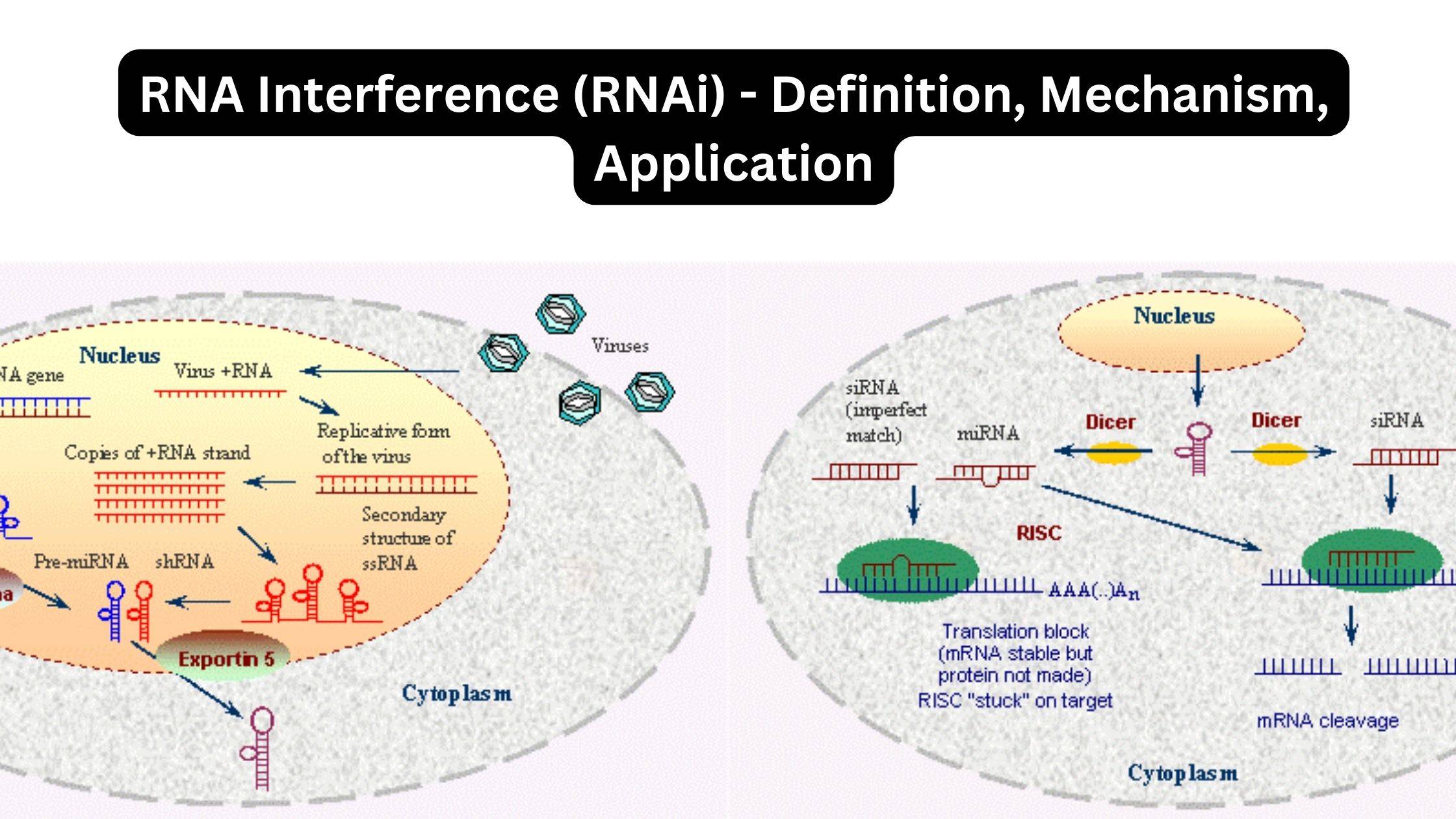Operon – Structure, Definition, Types, Functions
What is Operon? Definition of Operon An operon is a functional unit of DNA in prokaryotes that contains a cluster of genes under the control of a single promoter, allowing for coordinated expression of related genes. General structure of Operon The operon is a fundamental genetic regulatory system found in prokaryotes, consisting of several key … Read more
